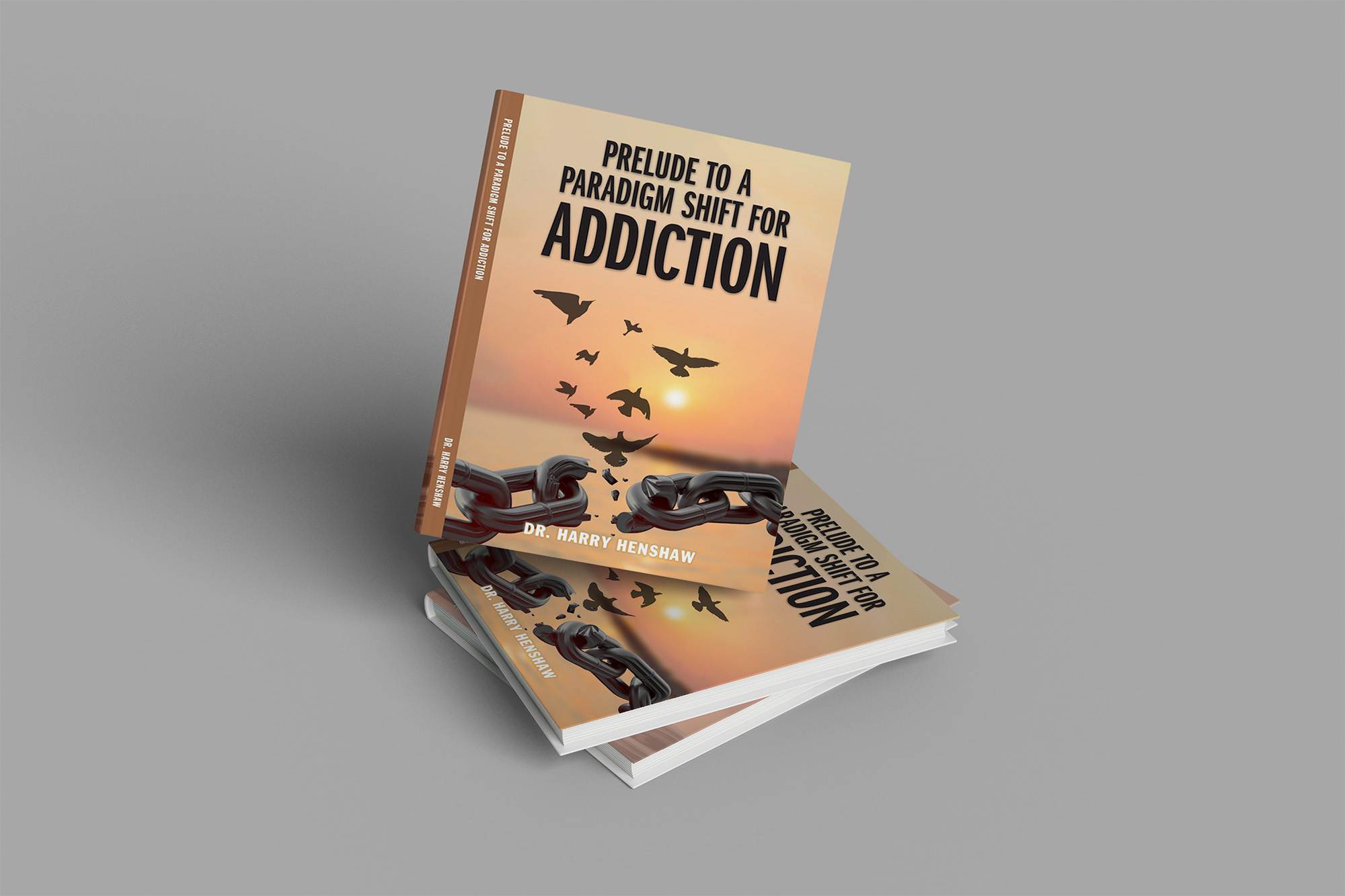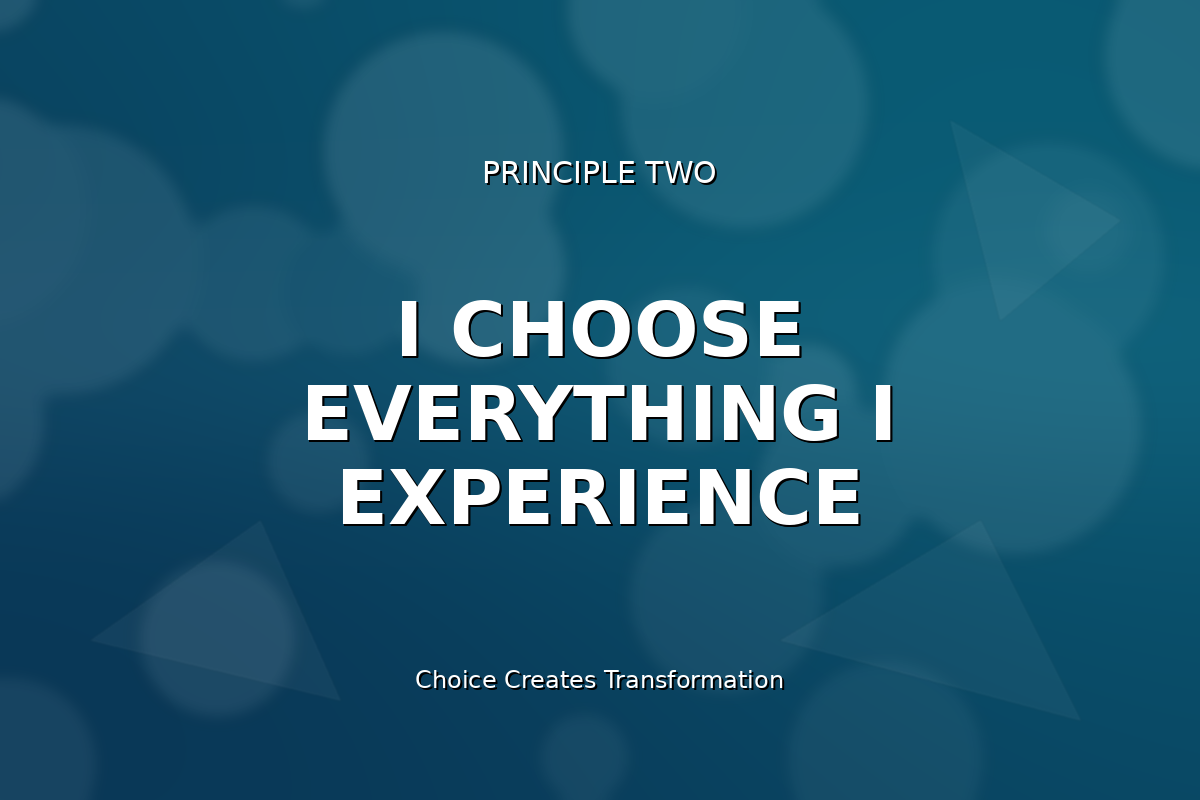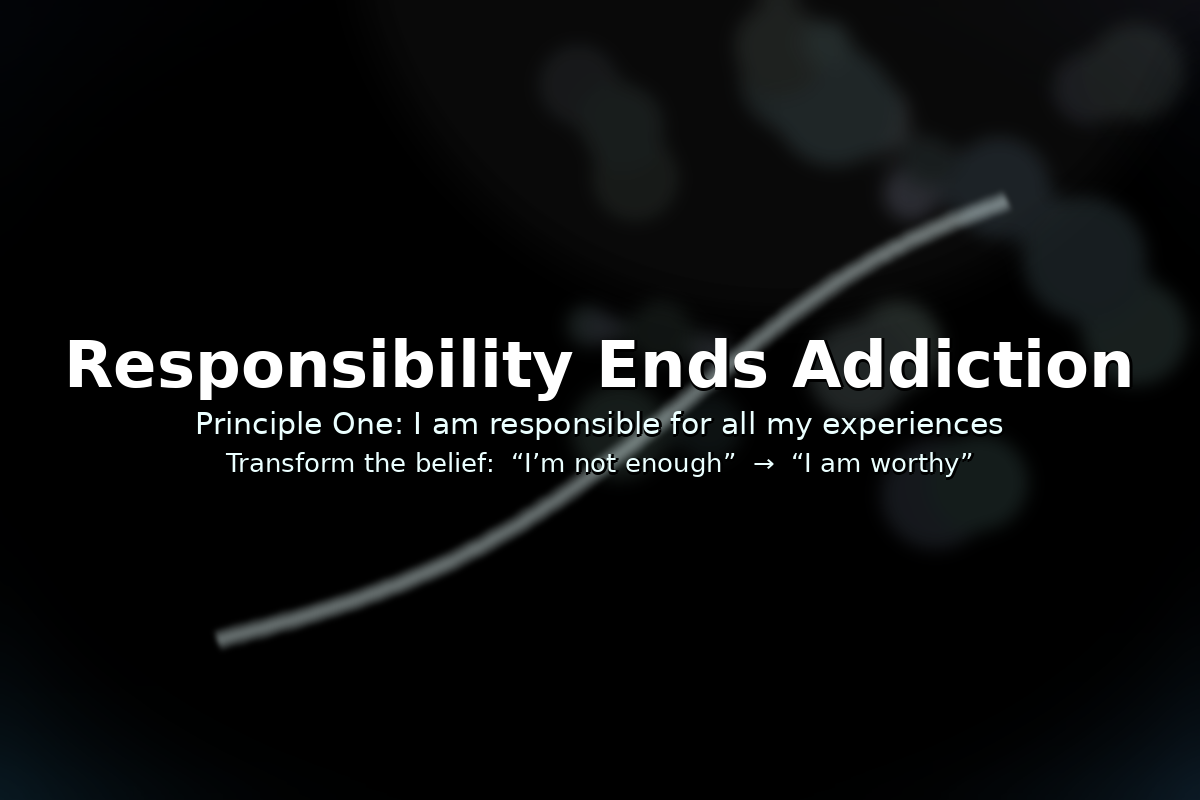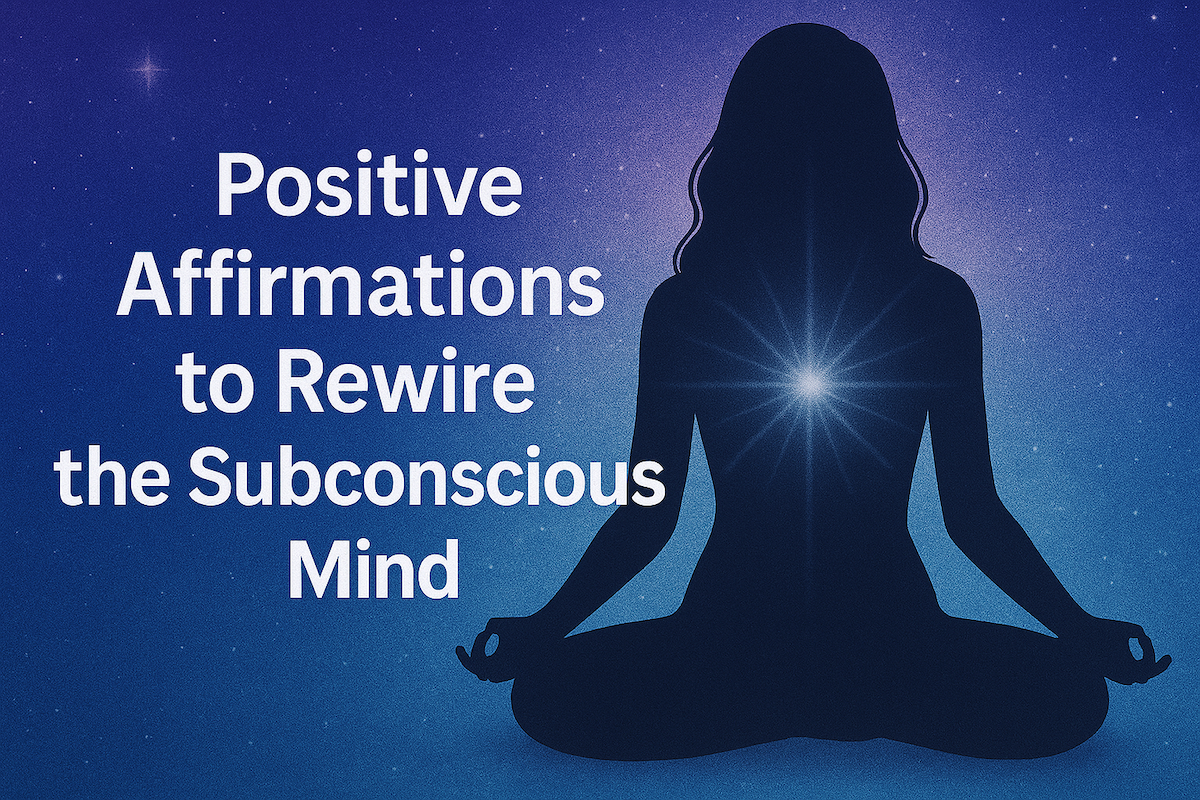Table of Contents
We are standing on the edge of a revolution—one that could profoundly reshape how we understand and treat substance use disorders, both in the United States and around the world. This revolution is not rooted in new medications or technological breakthroughs, but in a shift of mindset—a rethinking of the very nature of addiction, its causes, and, most importantly, its solutions.
For too long, our society has operated under a narrow, limiting model of addiction. It’s a model that reduces deeply personal and painful human experiences to a physiological malfunction, painting those who struggle as powerless victims of a chronic disease. But what if that view is not only incomplete but fundamentally flawed? What if, in clinging to it, we have unknowingly hindered the very healing we seek to foster?
This article is a call for a paradigm shift—a complete reimagining of how we define addiction, how we view the individuals who suffer from it, and how we support their recovery. It is a prelude to a transformation that is not only possible but urgently necessary.
What Is a Paradigm Shift—and Why Do We Need One?
The term “paradigm shift” was coined by philosopher of science Thomas Kuhn in his seminal 1962 book The Structure of Scientific Revolutions. Kuhn described paradigm shifts as fundamental transformations in the basic concepts and practices of a scientific discipline. These shifts occur when existing frameworks fail to adequately explain new data or solve real-world problems. In such moments, the scientific community is forced to adopt an entirely new way of thinking—one that better aligns with reality.
Kuhn’s concept doesn’t just apply to physics or astronomy—it’s deeply relevant to medicine, psychology, and the treatment of addiction. As the failures of our current treatment models mount and overdose deaths continue to rise, the evidence is clear: the prevailing paradigm isn’t working. It’s time for something new.
The Crisis by the Numbers: A Wake-Up Call
Let’s take a sober look at the statistics. According to the Centers for Disease Control and Prevention (CDC), nearly 110,000 Americans died from drug overdoses in 2022. This number has climbed steadily from just under 47,000 in 2018—a staggering increase that speaks to the urgency of the crisis. These deaths are not isolated tragedies; they are the result of systemic failures in how we understand and treat addiction.
Despite billions of dollars poured into prevention and treatment, relapse rates remain sky-high. Most estimates place relapse after residential treatment between 60% and 90% within the first year. Meanwhile, many treatment providers withhold outcome data entirely, unwilling to risk their reputations or funding by admitting what isn’t working.
This disconnect between intention and outcome is not just troubling—it’s devastating. It signals that something is deeply broken at the heart of our approach.
The Flawed Foundation of Addiction Treatment
To understand the need for change, we must examine the conceptual foundation on which current treatment is built. At the core of most addiction treatment models today is the disease paradigm—a medicalized view of addiction as a chronic, relapsing brain disorder.
In this framework, addiction is seen as something that happens to a person. It’s portrayed as the result of faulty brain chemistry, often compounded by genetic predispositions and environmental trauma. Individuals are told they are powerless over their addiction, that they will always be addicts or alcoholics, and that lifelong management is the best-case scenario.
While this model has helped reduce stigma by framing addiction as a medical condition rather than a moral failing, it has also created a different kind of limitation: it removes agency from the individual. It suggests that change is something that happens to them—through treatment, medication, or divine intervention—rather than something they can initiate themselves.
This view leaves little room for the idea of true recovery, much less personal transformation. It places the emphasis on what’s wrong with the brain, rather than what’s possible in the mind.
Treatment Reflects Belief
All treatment is shaped by belief. In medicine, in psychology, in any healing profession, the way we understand a disorder determines how we attempt to treat it. If we believe addiction is a disease of the brain, we focus on chemical interventions. If we see it as a behavioral disorder, we turn to cognitive-behavioral therapy. But what if both are missing the mark?
When a treatment approach repeatedly fails to deliver meaningful results, it’s not just the treatment that needs to be questioned—it’s the underlying understanding of the problem itself. The addiction treatment industry is in precisely this situation. What we’ve been doing doesn’t work. It’s time to ask: What if our beliefs about addiction are wrong?
The New Paradigm: Responsibility, Choice, and Power
The new paradigm I propose is rooted in three core concepts: responsibility, choice, and power. These are not punitive ideas—they are liberating ones. They don’t blame the individual for their addiction; they empower them to heal from it.
1. Responsibility
In this new framework, individuals are responsible for their experiences—not in the sense of blame, but in the sense of authorship. They are not passive victims of brain chemistry or childhood trauma. They are active participants in their own lives, capable of change.
2. Choice
Addiction is not an inevitability. It’s a pattern of behavior that, while deeply conditioned and often driven by emotional pain, is still subject to choice. The moment a person recognizes this—even faintly—they open the door to transformation.
3. Power
Every individual possesses the inner power to change their thoughts, beliefs, behaviors, and ultimately, their lives. This power is not something that can be given or taken away—it is inherent, though often hidden beneath layers of fear, shame, and negative self-image.
When we embrace these principles, addiction becomes not an incurable condition to be managed, but a challenge to be overcome—a crisis that can lead to awakening and personal growth.
The Root of Addiction: A Negative Self-Image
At the heart of addiction is not a defective brain—it is a wounded self-image. Individuals who turn to drugs and alcohol often do so because they are trying to escape something: painful memories, chronic stress, feelings of unworthiness, or a sense of disconnection from themselves and others.
These internal wounds often form early in life and are compounded over time. By the time someone seeks help for addiction, they are not just dealing with substance use—they are struggling under the weight of a deeply entrenched belief that they are broken, unlovable, or beyond redemption.
The substances themselves are not the problem—they are a symptom. The real issue lies within the person’s thoughts, beliefs, and emotions. And that is precisely where the solution must be found.
Healing Is an Inside Job
The path to recovery is not external—it is internal. Real healing begins when an individual undergoes a shift in perception, particularly about themselves. This doesn’t mean ignoring past trauma or avoiding difficult emotions. On the contrary, it means facing those inner realities with honesty and compassion, and then consciously choosing to believe something new.
Healing happens when a person begins to see themselves not as a problem to be fixed, but as a human being worthy of love, dignity, and joy. When that shift occurs, the need for substances often falls away—not because of willpower, but because the inner void they once tried to fill no longer feels so empty.
This is not wishful thinking—it’s the foundation of countless personal recovery stories. When people change the way they see themselves, they change the way they live.
The Role of Prevention: Building a Positive Self-Image Early
If we want to truly end the addiction crisis, we must do more than fix broken systems—we must prevent the wounds that lead to addiction in the first place. This begins with helping young people develop a strong sense of self-worth, emotional intelligence, and resilience.
Prevention is not about scaring kids away from drugs. It’s about helping them build lives so full of meaning, connection, and self-respect that the appeal of substances fades. When children and adolescents are taught to value themselves, express their emotions, and navigate life’s challenges with confidence, they are far less likely to seek relief in substances.
A new paradigm in addiction must be holistic. It must include not only new treatment approaches but new approaches to parenting, education, and community building. We must teach people—young and old alike—that they matter, that they have choices, and that they have the power to shape their own lives.
The Illusion of Complexity
One of the greatest barriers to progress in addiction treatment is the belief that addiction is too complex to truly solve. This belief has become a self-fulfilling prophecy, discouraging innovation and obscuring simple truths.
In reality, addiction is not as complicated as we’ve made it out to be. It may feel complex because it intersects with trauma, poverty, mental health, and social injustice—but at its core, addiction is a response to pain and a cry for connection. And the antidote to that pain is not found in complexity—it is found in compassion, clarity, and courage.
We don’t need more complexity. We need more honesty. More curiosity. More humanity.
A Call to Action: Changing the Way We Look at Addiction
Dr. Wayne Dyer once said, “When you change the way you look at things, the things you look at change.” This is the essence of the paradigm shift we need. We must stop looking at addiction through the narrow lens of disease and start seeing it as an opportunity for personal transformation.
This new perspective does not deny the pain of addiction—it honors it. It does not dismiss the difficulty of change—it embraces it. But it also refuses to accept that addiction is a life sentence. It insists on the possibility of full recovery and lasting freedom.
We must teach those who suffer that they are not broken. They are not doomed. They are not powerless. They are capable of healing, growing, and reclaiming their lives—if they are given the tools and the truth.
Conclusion: A New Hope for Healing
We are at a crossroads. The old paradigm has run its course. Its shortcomings are no longer deniable. Its failures are measured in lives lost and families shattered. But out of this breakdown comes an extraordinary opportunity for breakthrough.
The new paradigm—based on responsibility, choice, and power—offers a path forward. It offers real hope. It tells the truth: that recovery is not only possible, but within reach. That addiction is not a mysterious disease, but a human experience rooted in thought and emotion. That the solution does not lie in substances or systems, but in the human spirit.
Now is the time to change the conversation. To let go of what no longer serves us. To embrace a new vision of healing—one that sees people not as problems, but as possibilities.
Let this be the beginning of that shift.

Get Free from Addiction!
Discover a groundbreaking perspective on addiction recovery. Click below to buy Prelude to a Paradigm Shift for Addiction and explore innovative solutions to transform the way we understand and treat substance use disorders.
About Enhanced Healing
Enhanced Healing Counseling specializes in addiction recovery, mental health, and self-esteem support. Offering online and in-person services, we empower individuals to transform their lives with personalized care and proven therapeutic methods.



